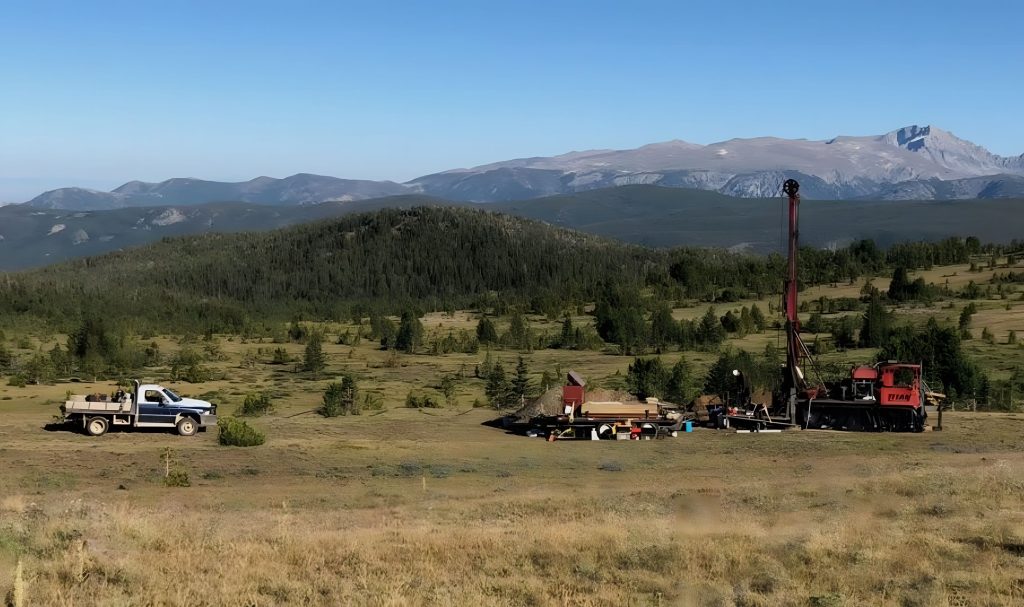Stillwater Critical eyes hydrogen production in Montana

Stillwater Critical Minerals Corp., [PGE-TSXV, PGEZF-OTC, 5D32-FSE] said it is collaborating with Lawrence Berkeley National Laboratory, with funding from the U.S. Department of Energy via the Advanced Projects Agency Program, to study the potential for geologic hydrogen production at its flagship Stillwater West nickel-platinum group elements-copper-cobalt plus gold project in Montana.
Geologic hydrogen refers to hydrogen gas that occurs naturally within the earth’s crust, which is generated through natural processes such as the reaction of water with certain types of iron-rich rocks, and other processes. Hydrogen is increasingly recognized as a clen energy source due to its ability to produce energy with minimal environmental impact. When used in fuel cells, hydrogen combines with oxygen to generate electricity, with water vapour as the only by-product, making it a zero-emission energy source. This contrasts sharply with fossil fuels, which release significant amounts of carbon dioxide and other pollutants when burned
Funding in the amount of US$2 million has been secured by Berkeley Lab to advance the “Cyclic Injection for Commercial Seismic-Safe Geologic H2 Project (CyclicGeoH2)” project, led by Berkeley Lab Research Scientist Dr. Mengsu Hu in collaboration with the University of California at Berkeley and the University of Texas at Austin.
Stillwater said the team is developing technologies for geologic hydrogen production that address the challenge of extracting hydrogen both safely and economically at commercial scale.
Stillwater shares were unchanged at 12 cents and currently trade in a 52-week range of 22 cents and 10 cents.
Stllwater, a company held 9.99% by Swedish metals trading giant Glencore Plc., is working to advance its flagship Stillwater West project with the vision of becoming a large-scale source of battery and precious metals that are now listed as critical in the U.S. and elsewhere
The Stillwater West project hosts a total of eight metals (nickel, cobalt, chromium, palladium, platinum, rhodium, iridium, and ruthenium) designated as critical by the U.S. government with a mandate to secure domestic supplies based on economic and national security concerns.
Stillwater West also contains significant copper resources.
The project consists of 14-multi-kilometre-scale exploration target areas along a 25-kilometre strike length. It is situated in the Stillwater Igneous Complex, which is recognized as one of the top regions in the world for platinum group elements, nickel and copper mineralization, alongside the Bushveld Igneous Complex and Great Dyke in southern Africa, which are similarly layered magmatic intrusions.
To date, five Platreef-style nickel and copper sulphide deposits host 1.6 billion pounds of nickel-copper and cobalt and 3.8 million ounces of palladium, platinum, rhodium and gold at Stillwater West. All of these deposits remain open for expansion along trend and at depth, the company has said.
